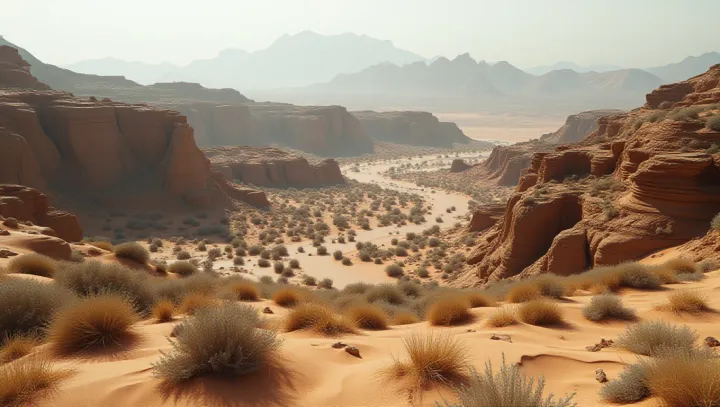Unveiling the Secrets of Desert Formation

The transformation of diverse landscapes into arid deserts is a remarkable manifestation of Earth's dynamic systems. In regions such as the Sahara Desert in Africa and the Atacama Desert in South America, the absence of adequate rainfall creates vast expanses of sand and rock, punctuated by dunes and rocky plateaus. At the core of desert formation lies a confluence of geographical and atmospheric influences.
High-pressure systems, prevailing wind patterns, and occasional rain shadows contribute to these barren terrains. For instance, deserts often occur near the horse latitudes, where descending air inhibits cloud formation and precipitation. Leading climatologists emphasize the role of climate interactions in creating deserts.
Dr. Emily Grant, from the Institute of Earth Sciences, asserts that, 'Desertification can result from both natural climate cycles and human activities that alter these delicately balanced environmental conditions'. This underscores the complexity of desert ecosystems and their sensitivities to global climate phenomena.
